The Biotech Flavors Market is currently characterized by a dynamic competitive landscape, driven by innovation, sustainability, and strategic partnerships. Major players such as Givaudan (Switzerland), Firmenich (Switzerland), and International Flavors & Fragrances (US) are at the forefront, leveraging their extensive research and development capabilities to enhance product offerings. Givaudan, for instance, focuses on integrating biotechnology into flavor development, which not only aligns with consumer demand for natural ingredients but also positions the company as a leader in sustainable practices. Firmenich, on the other hand, emphasizes its commitment to ethical sourcing and environmental stewardship, which resonates well with the growing consumer preference for transparency and sustainability in food products. Collectively, these strategies foster a competitive environment that prioritizes innovation and sustainability, shaping the market's trajectory.
In terms of business tactics, companies are increasingly localizing manufacturing to reduce supply chain vulnerabilities and enhance responsiveness to regional market demands. The Biotech Flavors Market appears moderately fragmented, with a mix of established players and emerging companies vying for market share. This competitive structure allows for diverse offerings, yet the influence of key players remains substantial, as they set industry standards and drive technological advancements.
In August 2025, Givaudan (Switzerland) announced a strategic partnership with a leading agricultural biotechnology firm to develop new flavor compounds derived from sustainable sources. This collaboration is expected to enhance Givaudan's product portfolio while reinforcing its commitment to sustainability. The strategic importance of this move lies in its potential to not only meet consumer demand for natural flavors but also to position Givaudan as a pioneer in the sustainable biotech flavor space.
Similarly, in July 2025, International Flavors & Fragrances (US) launched a new line of plant-based flavors that utilize advanced fermentation techniques. This initiative reflects the company's focus on innovation and aligns with the increasing consumer shift towards plant-based diets. The introduction of these flavors is likely to strengthen IFF's market position by catering to health-conscious consumers and expanding its product range in a rapidly growing segment.
In September 2025, Firmenich (Switzerland) unveiled a new digital platform aimed at enhancing customer engagement and streamlining the flavor development process. This digital transformation initiative is significant as it not only improves operational efficiency but also fosters closer collaboration with clients, enabling more tailored solutions. As the market evolves, such digital strategies are likely to become essential for maintaining competitive advantage.
As of October 2025, the competitive trends in the Biotech Flavors Market are increasingly defined by digitalization, sustainability, and the integration of artificial intelligence in flavor development. Strategic alliances are becoming more prevalent, allowing companies to pool resources and expertise to innovate more effectively. Looking ahead, the competitive differentiation in this market is expected to shift from traditional price-based competition to a focus on innovation, technological advancements, and supply chain reliability, as companies strive to meet the evolving demands of consumers.



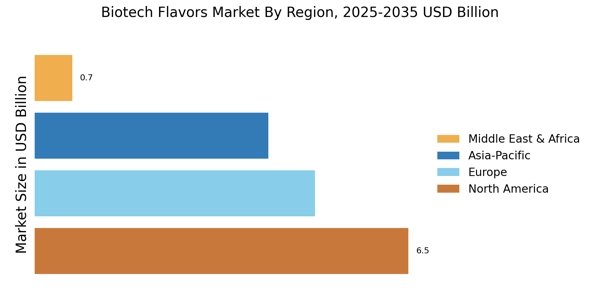
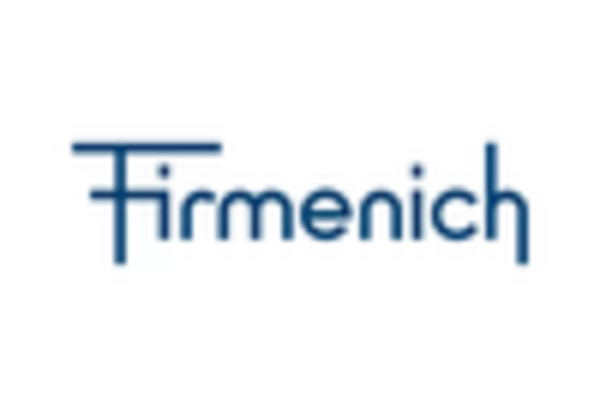

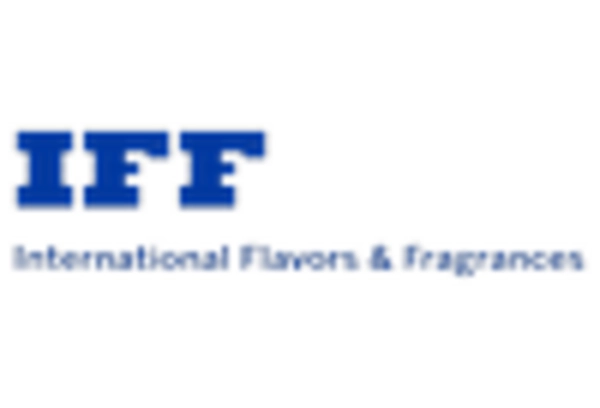
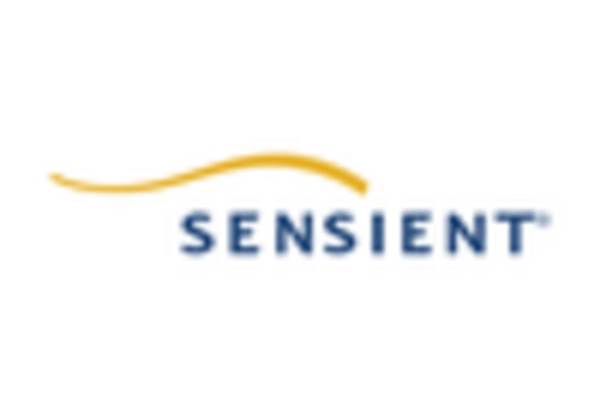
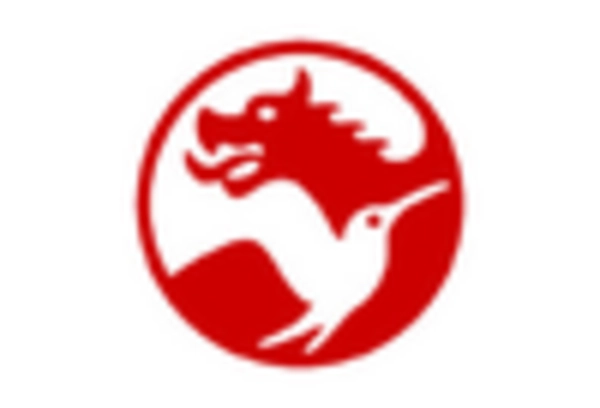
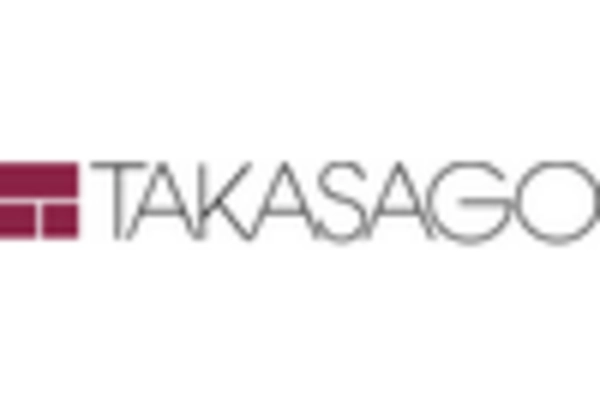








Leave a Comment